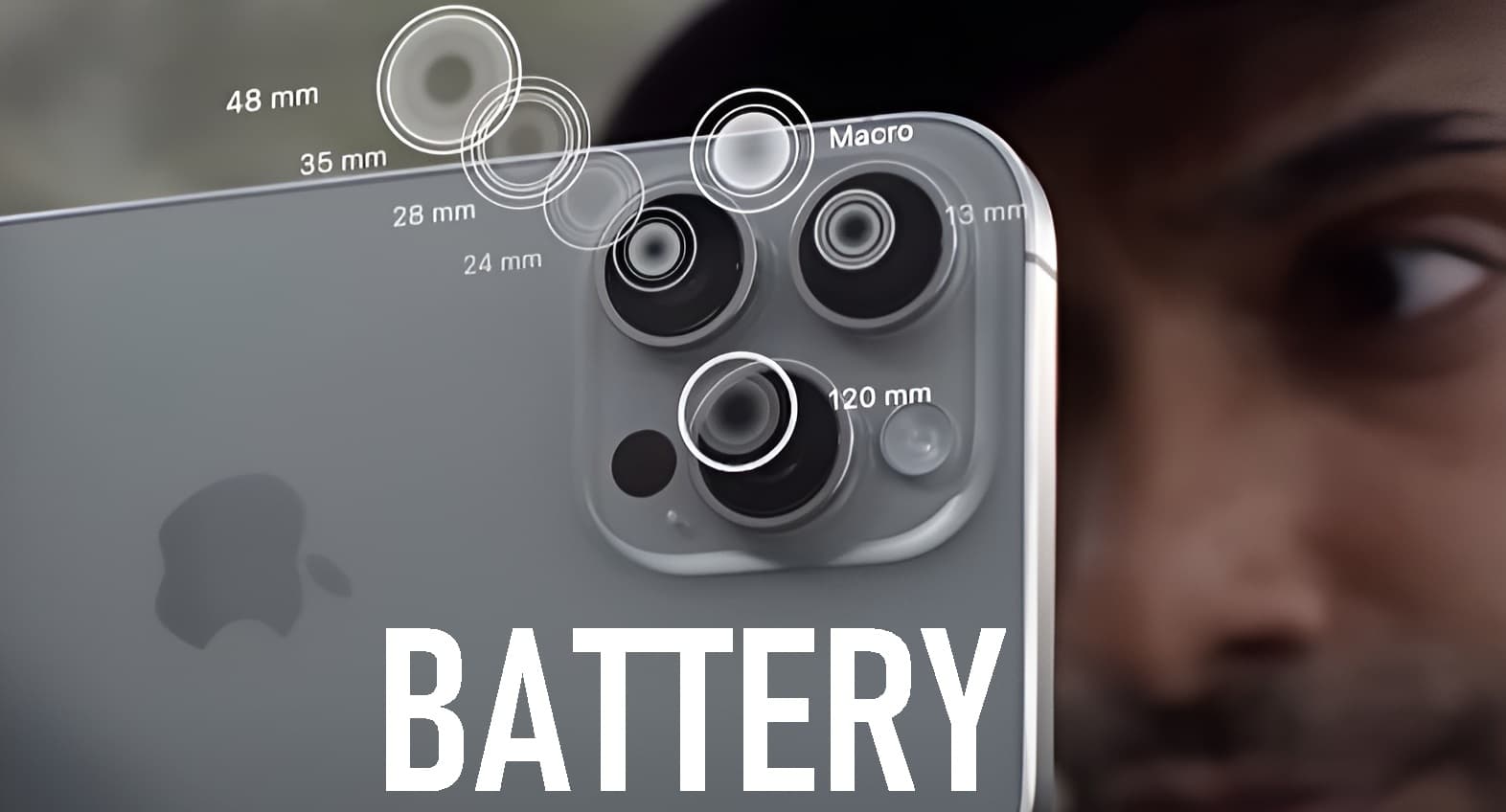When it comes to smartphones, flashy features and high-tech specs often steal the spotlight. But not all of them are as essential or beneficial as they seem. This guide will help you navigate through the hype and understand what really matters in your next smartphone.

Understanding Smartphone Marketing Gimmicks: What’s Real and What’s Not
Smartphone marketing can be a maze of buzzwords and flashy claims. Here’s how to decode what’s real:
- Megapixel Counts: More megapixels don’t always mean a better camera. It’s the quality of the lens and sensor that often matter more.
- Charging Speeds: Ultra-fast charging sounds great but isn’t always necessary unless you need a quick boost.
- Video Resolution: 8K video recording might be overkill for most users, as 4K or even 1080p can be more practical.
The Truth About Smartphone Megapixels: Does More Always Mean Better?
When it comes to smartphone cameras, megapixels are just one piece of the puzzle. Here’s why:
- Image Quality: Higher megapixels don’t always result in clearer images. Factors like sensor size, aperture, and image processing play a crucial role.
- Practical Use: For most people, 12 to 20 megapixels are sufficient for high-quality photos and everyday use.
Are High Megapixel Counts in Smartphones Just a Marketing Gimmick?
Yes, sometimes high megapixel counts are more about marketing than practical benefits. Higher megapixels can:
- Increase File Size: Larger images take up more storage and can slow down processing.
- Mislead Users: They might suggest better quality when the actual performance depends on other camera features.
The Difference Between Useful and Gimmicky Smartphone Features
Some features are genuinely useful, while others may be gimmicky:
- Useful Features: Long battery life, fast processors, and reliable cameras.
- Gimmicky Features: Rotating cameras or holographic displays that don’t add real value to your daily use.
Top Overhyped Features in Modern Smartphones
Here are some features that might not live up to the hype:
- 8K Video Recording: Overkill for most users and requires significant storage and processing power.
- High Megapixel Cameras: Often more about marketing than real-world image quality.
How Smartphone Brands Use Buzzwords to Market Their Products
Smartphone brands use buzzwords to attract attention, but:
- “Ultra” and “Pro”: These terms often don’t translate to significant improvements in performance.
- “Revolutionary” Features: Sometimes these are just incremental upgrades dressed up as major innovations.
The Reality Behind 8K Video Recording in Smartphones
8K video recording is impressive but may not be practical for everyone:
- Storage Needs: 8K videos require much more storage space than 4K or HD.
- Viewing Devices: You need a high-resolution screen to appreciate the difference, which most users don’t have.
Understanding Photonic Engine Technology in Smartphones
Photonic Engine Technology enhances camera performance by improving:
- Low-Light Performance: It helps capture better photos in dim conditions.
- Color Accuracy: Enhances the accuracy of colors in your photos.
Are Ultra-High Charging Speeds Really Necessary?
Ultra-fast charging can be convenient but may not be essential:
- Daily Use: If you charge your phone overnight or during the day, you might not need the fastest charging speeds.
- Battery Health: Extremely fast charging can affect long-term battery health.
Smartphone Marketing Myths Busted: What to Know Before You Buy
Before buying a smartphone, keep these myths in mind:
- More Megapixels Equal Better Photos: Not necessarily true; consider camera quality and features.
- More RAM Always Means Better Performance: Performance also depends on the processor and software optimization.
Display Technology Insights
Understanding smartphone display technology can make a big difference in your experience. Here’s what you need to know:
Peak Brightness vs High Brightness Mode: What Really Matters?
- Peak Brightness: This is the highest brightness level a screen can achieve. It’s important for visibility in bright conditions.
- High Brightness Mode: Often used to boost brightness temporarily, which can drain the battery faster.
Curved Displays vs Flat Displays: Pros and Cons
Curved displays have a unique look but come with pros and cons:
- Curved Displays:
- Pros: Sleek design, immersive viewing experience.
- Cons: Prone to accidental touches, potential for image distortion.
- Flat Displays:
- Pros: Easier to use, fewer issues with touch sensitivity.
- Cons: Less futuristic appearance.
Understanding OLED Display Technology in Smartphones
OLED (Organic Light-Emitting Diode) technology offers several benefits:
- Better Contrast: OLED displays have true blacks and vibrant colors.
- Power Efficiency: Uses less power for darker themes or black backgrounds.
The Downsides of Curved Smartphone Displays
While stylish, curved displays can:
- Be Fragile: More susceptible to cracks and damage.
- Cause Glare: Curved edges may cause light to reflect in unintended ways.
Why Peak Brightness in Smartphones Might Be a Scam
Peak brightness can be misleading:
- Real-World Use: The actual brightness during normal usage may be lower than the advertised peak.
- Battery Drain: Higher brightness settings can lead to quicker battery depletion.
Is QHD Really Better Than FHD+ for Smartphone Displays?
QHD (Quad High Definition) offers more pixels than FHD+ (Full HD Plus), but:
- Perceived Difference: The difference might be minimal for most users.
- Battery Usage: Higher resolution screens can consume more battery power.
How to Choose the Best Display Type for Your Smartphone
When selecting a display, consider:
- Usage: What do you use your phone for? Gaming and video might benefit from higher refresh rates and resolution.
- Budget: Balance your needs with your budget; higher specs often come with a higher price.
Understanding Refresh Rates: 60Hz vs 120Hz vs 144Hz
Refresh rates affect how smooth the screen feels:
- 60Hz: Standard and sufficient for most uses.
- 120Hz: Provides smoother scrolling and better gaming experiences.
- 144Hz: Top-tier for ultra-smooth visuals but may be overkill for average users.
Do You Really Need a 144Hz Display on Your Smartphone?
A 144Hz display offers smooth visuals but might be unnecessary:
- Casual Use: For general tasks and social media, 60Hz or 120Hz is usually sufficient.
- Gaming: 144Hz can be beneficial for high-end gaming.
Screen Brightness in Smartphones: What Consumers Should Know
Screen brightness is crucial for visibility:
- Outdoor Use: Higher brightness is better for viewing in sunlight.
- Battery Life: Higher brightness settings can impact battery life, so adjust according to your needs.
Conclusion
When choosing a smartphone, it’s essential to cut through the marketing hype and focus on features that genuinely enhance your experience. From understanding megapixels and display technologies to recognizing gimmicks, making informed decisions will ensure you get the best value for your money.













